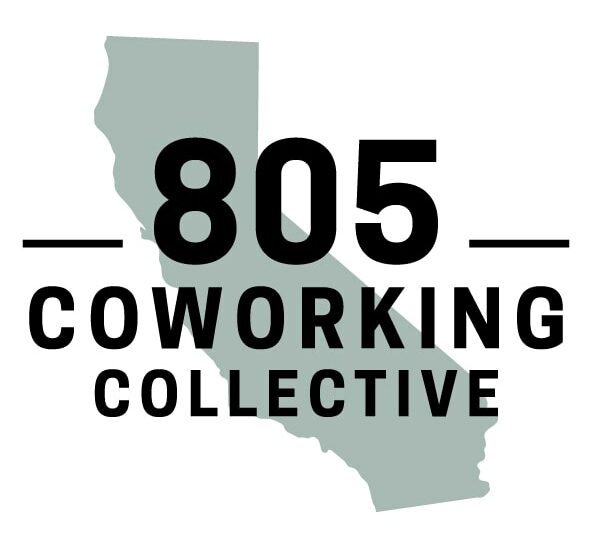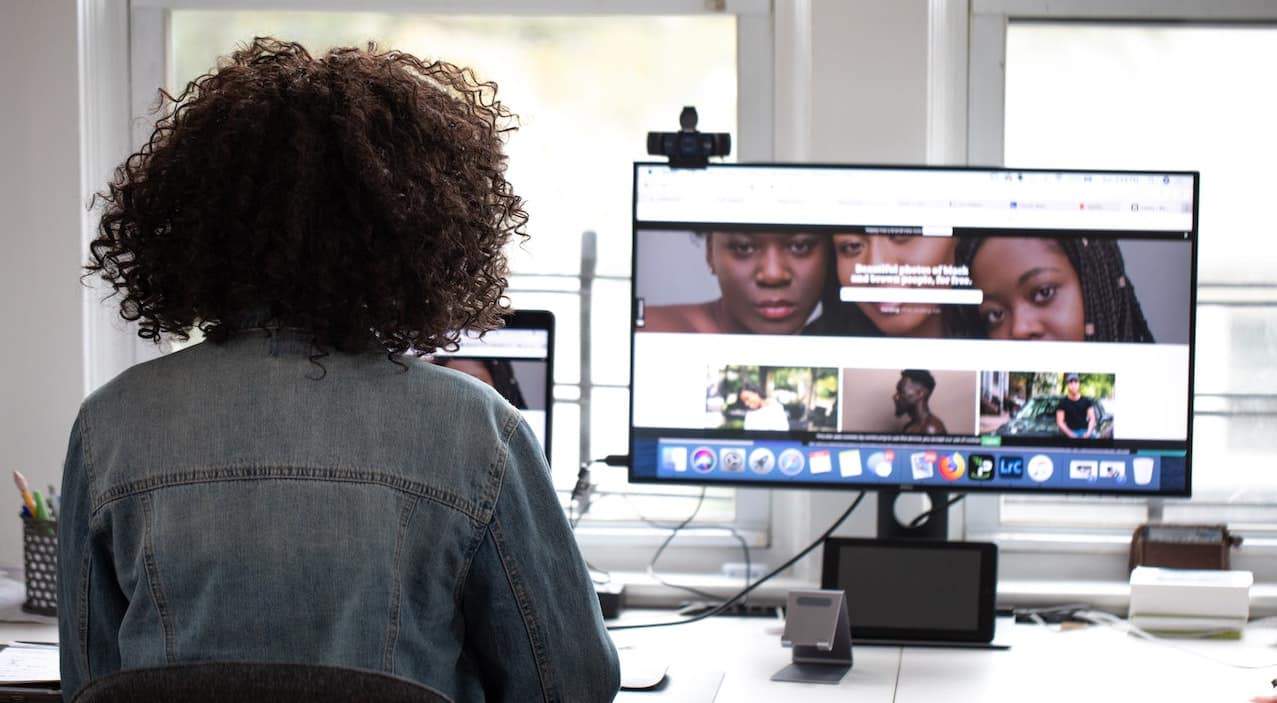A survey conducted by The Muse revealed that business executives consider 67% of meetings to be failures. Why? Because the meetings aren’t productive. 91% of employees say that they have daydreamed during a meeting, and 73% of meeting-goers perform other work during meetings. The question is, how can you revamp your approach to company meetings and empower your team to communicate purposefully and productively? Our team at Workzones has come up with a few tools for running an effective meeting that we think will help you take engagement to the next level.
1. Read The Room
Status update meetings are one of the most common types of meetings that we find in the workplace. The purpose of these meetings is to bring together all parties involved with a project and communicate on (1) progress and (2) individual goals associated with the project. Unfortunately, these meetings often turn into one member of the team talking at their colleagues rather than collaborating with their team. According to The Muse’s survey, business professionals spend up to 4 hours a week preparing for status update meetings. If one coworker takes over the meeting, then the other teammates wasted their time. If this is a common pattern in your workplace, then the first thing you want to do is consider your purpose for meeting. Does the team need to collaborate to improve the project outcome? If not, then that leads us to our second recommendation.
2. Send An Email
Sometimes, getting your team on the same page means having the project leader share a general update of (1) where everyone is on the timeline and (2) new information from a client. Your team needs that information, but dragging everyone into the meeting room isn’t necessary. If your status update can be sent in a memo or an email, then type it up and send it to the team. This ensures that you’re respecting your teammates’ time.
3. Give Up The Monologue
When collaboration is necessary, make sure that the conversation isn’t overrun with one team member’s opinions. The best way to do this is by structuring the meeting so that each attendant is expected to speak about their part in the project. This may include giving each employee 5 minutes to share where they are in the project and discuss any issues they’ve faced. After each coworker has shared, then the group can spend a few minutes discussing the problems that came up and potential solutions.
4. Get Moving
15% of an organization’s collective time is spent in meetings, and that number continues to increase. When employees spend so much time in meetings, and often in the same rooms, the routine starts to feel monotonous. Boredom sets in quickly, and employees look for other ways to distract themselves until the less-desirable part of their day is over. The solution? Change the environment. Take your employees to a coffee shop for a casual brainstorm. If the meeting is about a high-priority product update, rent a meeting space. The change in venue will help your team to move out of the routine mindset and focus on the task at hand.
5. Distribute Materials In Advance
Have you ever been invited to a meeting and had no idea why you were there? The vast majority of brainstorming sessions begin by gathering a bunch of employees in one meeting room, explaining the problem, and opening the floor for any possible solutions. According to creative theory, individuals need time to process after they’ve been introduced to a problem. Presenting a problem and requesting solutions in one sitting removes your employee’s opportunity to completely process the information, resulting in mediocre suggestions. By distributing materials before a group brainstorm, you can give your employees a chance to come up with more quality ideas.
6. Set Aside Electronics
During any given workday, professionals have a lot of tasks that need to be completed. Many employees will keep their phones or laptops on during a meeting in order to stay on top of their workload. In fact, 69% of employees have admitted to checking their email and 92% have admitted to multitasking during meetings. While their goal is to complete their work, distracted employees are the number 1 reason for unproductive meetings. Remove the distraction by having your employees put their phones and laptops away at the beginning of every meeting.
7. Stick To The Agenda
Every year, companies waste $37 billion on unproductive meetings. How are they losing that money? Business professionals are attending poorly organized meetings that cut into the time they could be making sales calls or completing a project for high-priority clients. Because the meetings aren’t well-organized, they take a larger chunk of time out of your employee’s day, resulting in a waste in resources. Sticking to your agenda can decrease meeting times by up to 80% and can significantly decrease the amount of money spent on unproductive meetings.
Professional Meeting Rooms in Santa Barbara
Are you looking for a space for your next meeting? Bring your team to Workzones! Our Santa Barbara coworking space has meeting rooms, conference rooms, and board rooms available for rent. Contact us at 805-966-3722 or email [email protected] today to learn more about our meeting room options.





